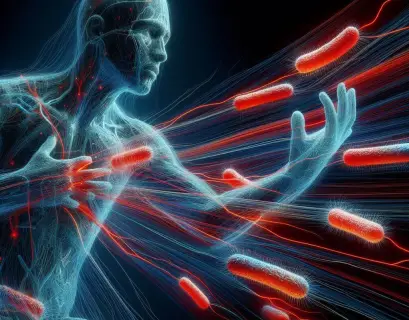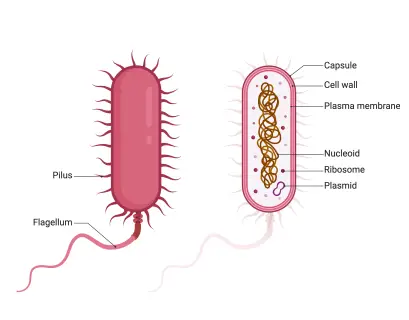Understanding Bacterial Infections: Causes, Symptoms, and Treatments
Bacterial infections are caused by harmful bacteria invading the body and reproducing, leading to a variety of symptoms and health...
Exploring Bacteria Cells: A GCSE Guide
Bacteria are fascinating microorganisms that play a significant role in various ecosystems and have both positive and negative impacts on...
The Invisible Guardians: Exploring the Consequences of a World Without Bacteria
Bacteria, often overlooked and underestimated, play a fundamental role in sustaining life on Earth. From the air we breathe to the food we...
why are bacteria and archaea placed in separate kingdoms
Bacteria and archaea are two of the three domains of life, with the third being eukarya. While they may seem similar, there are distinct...



